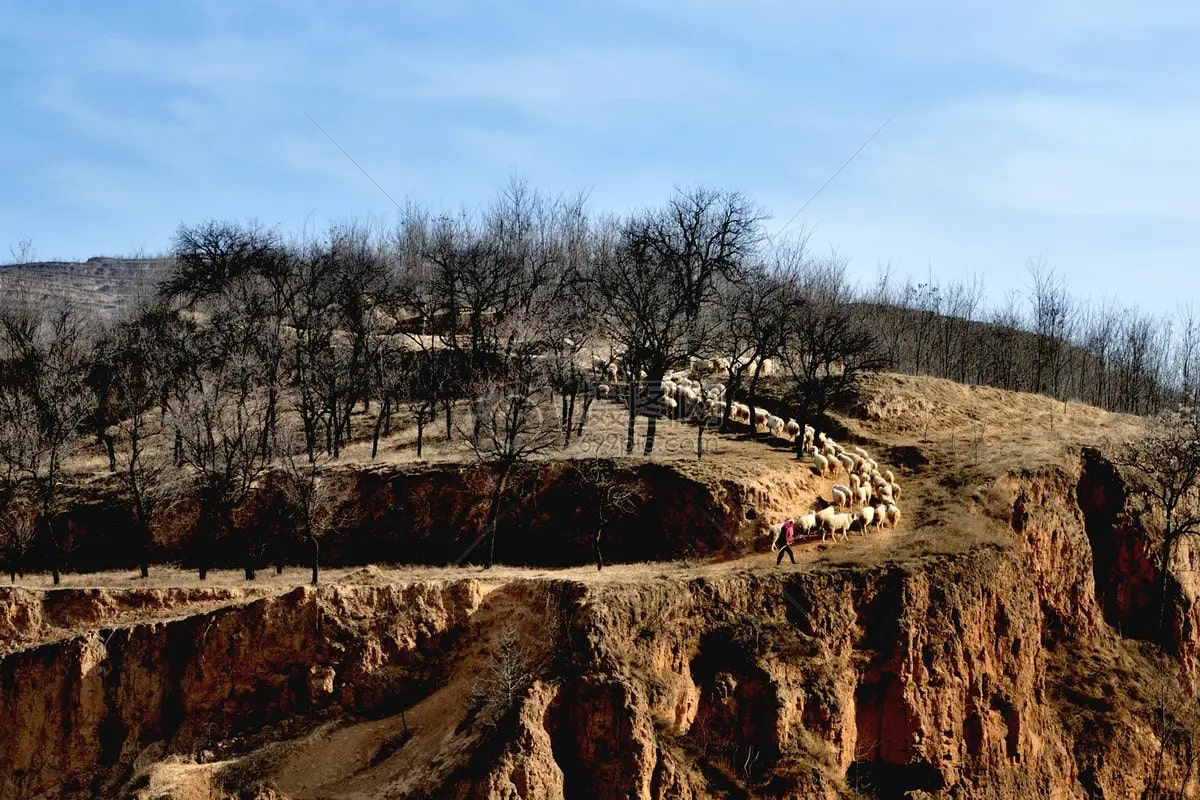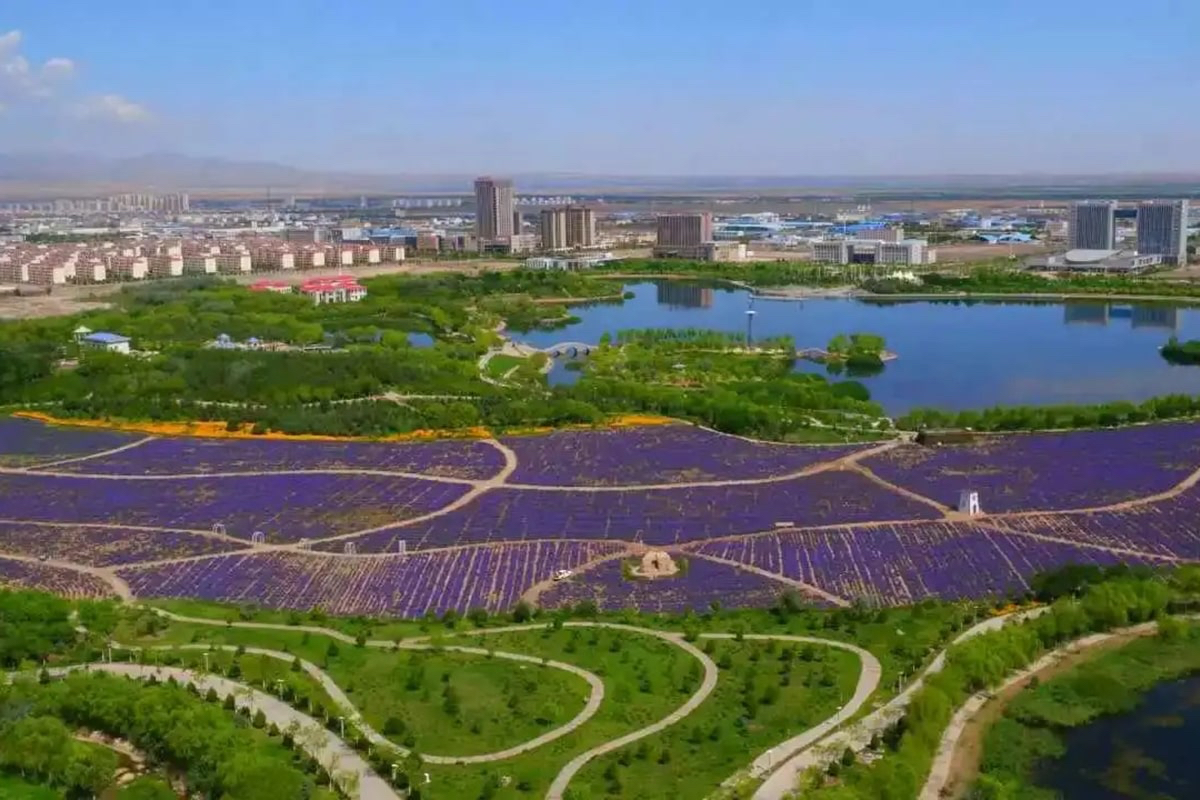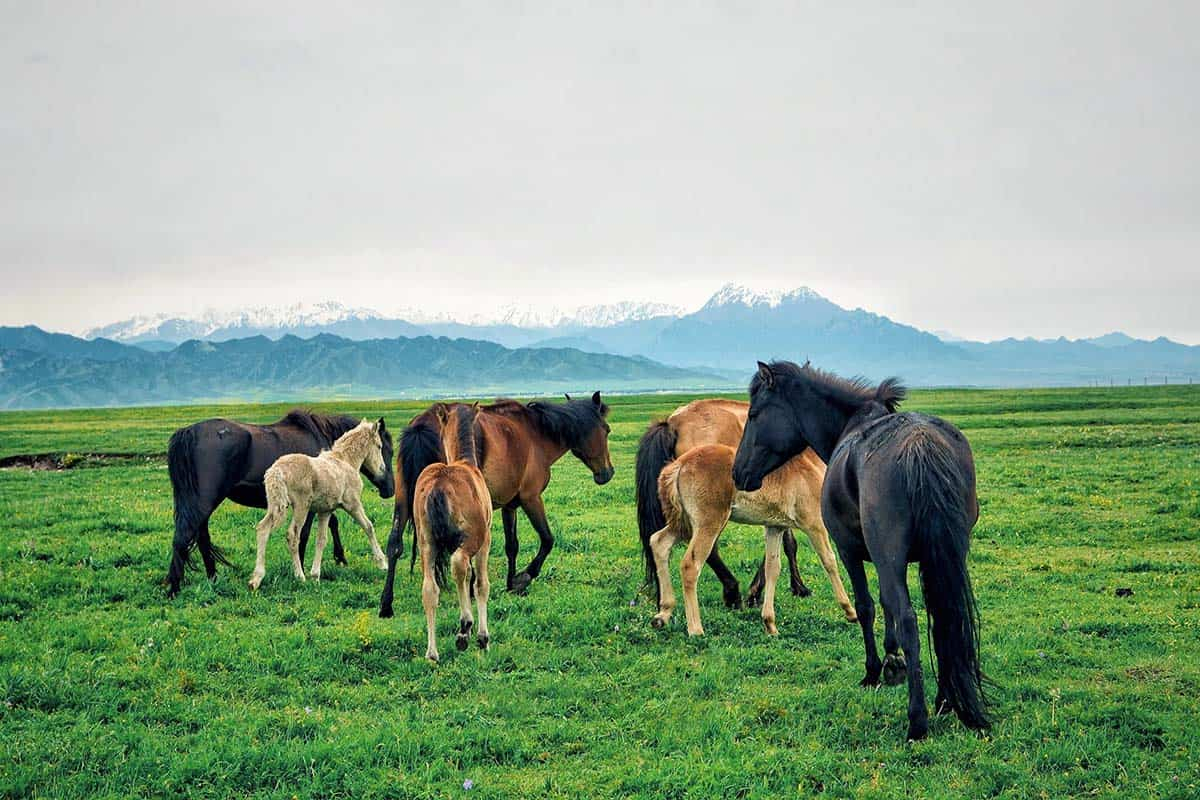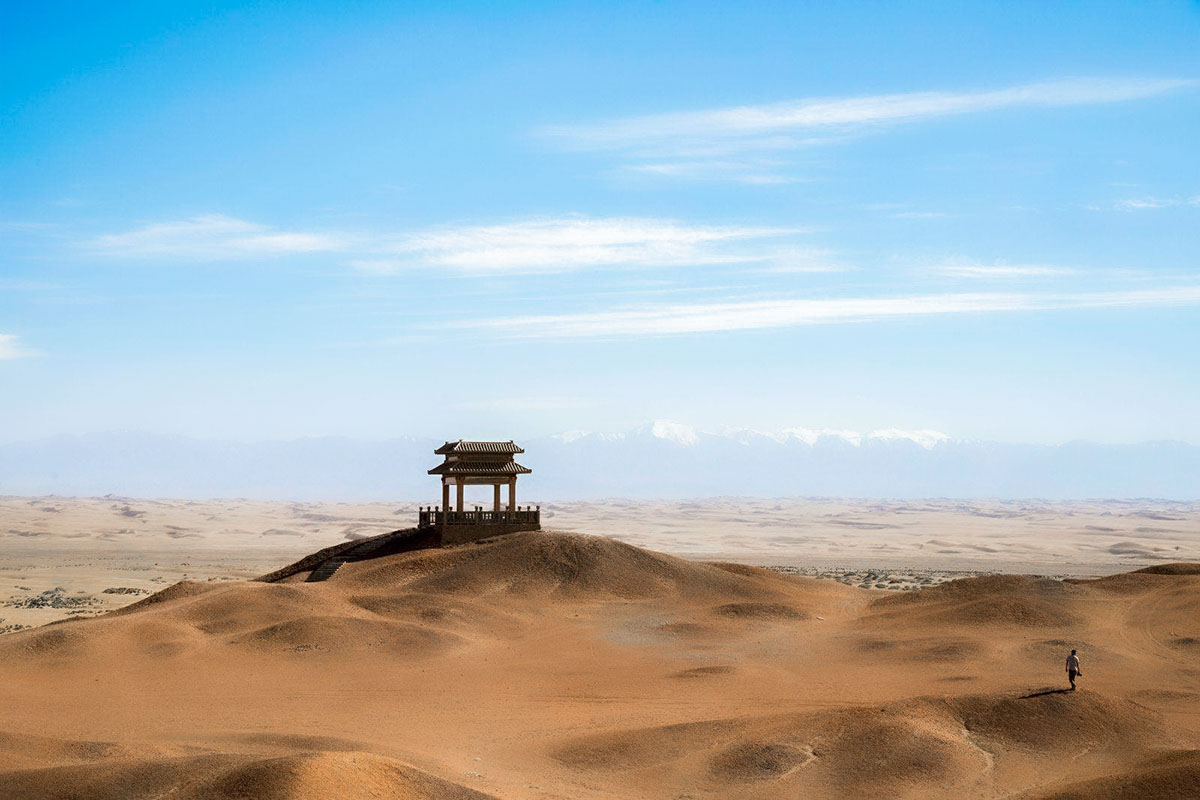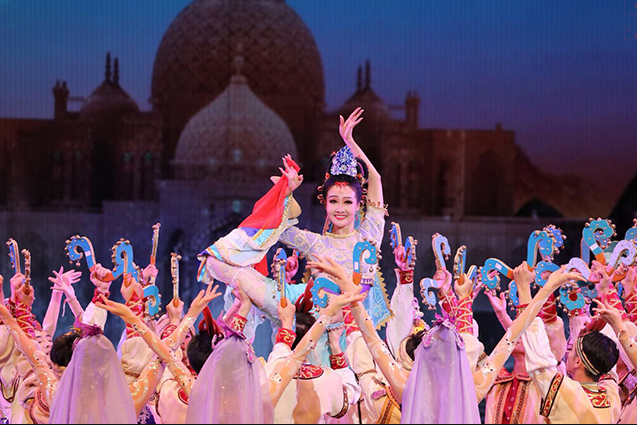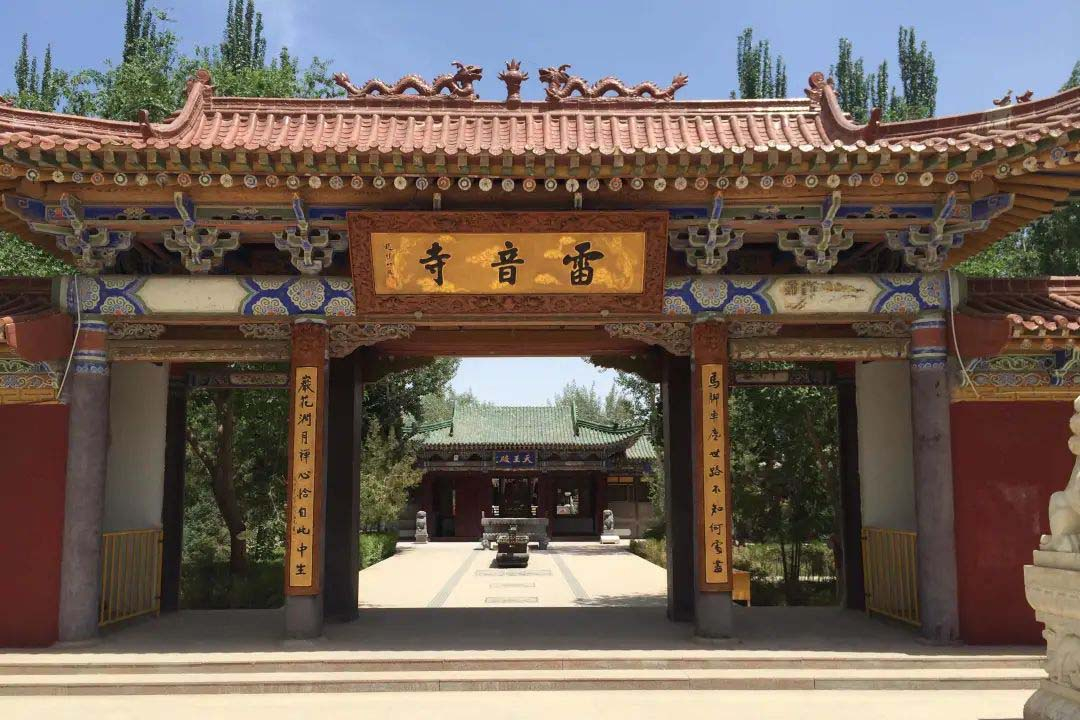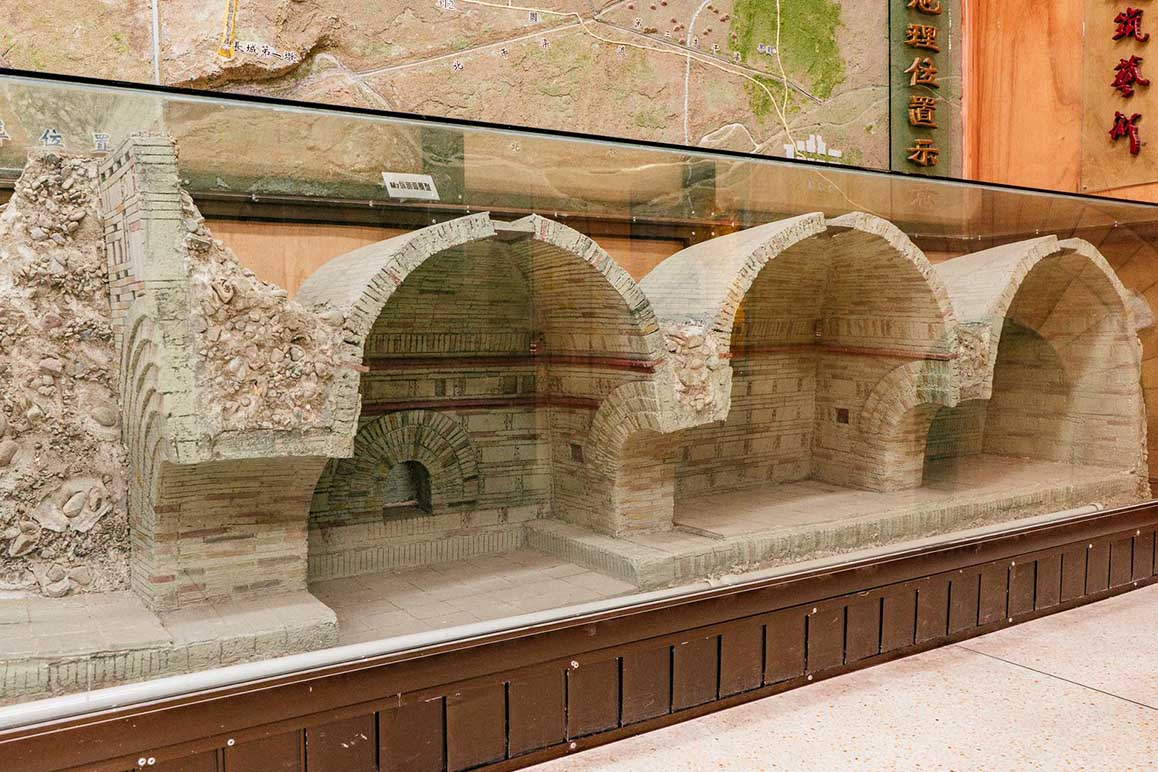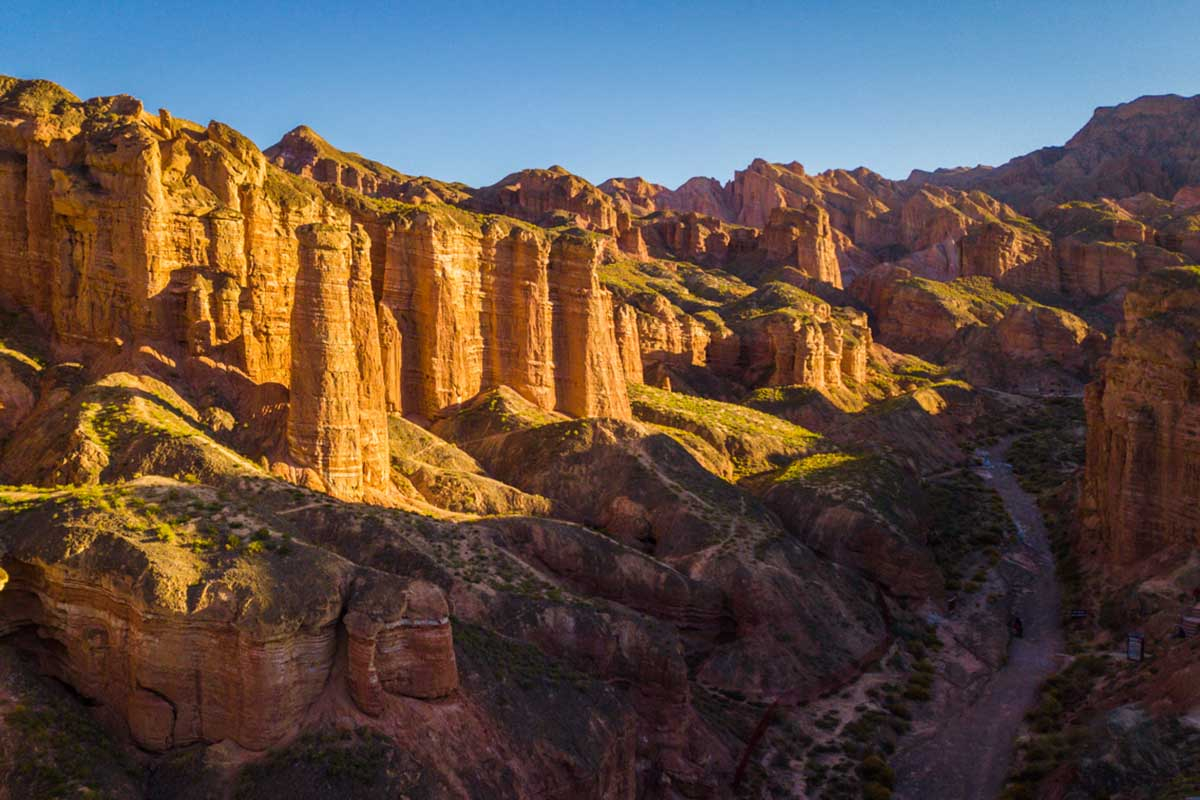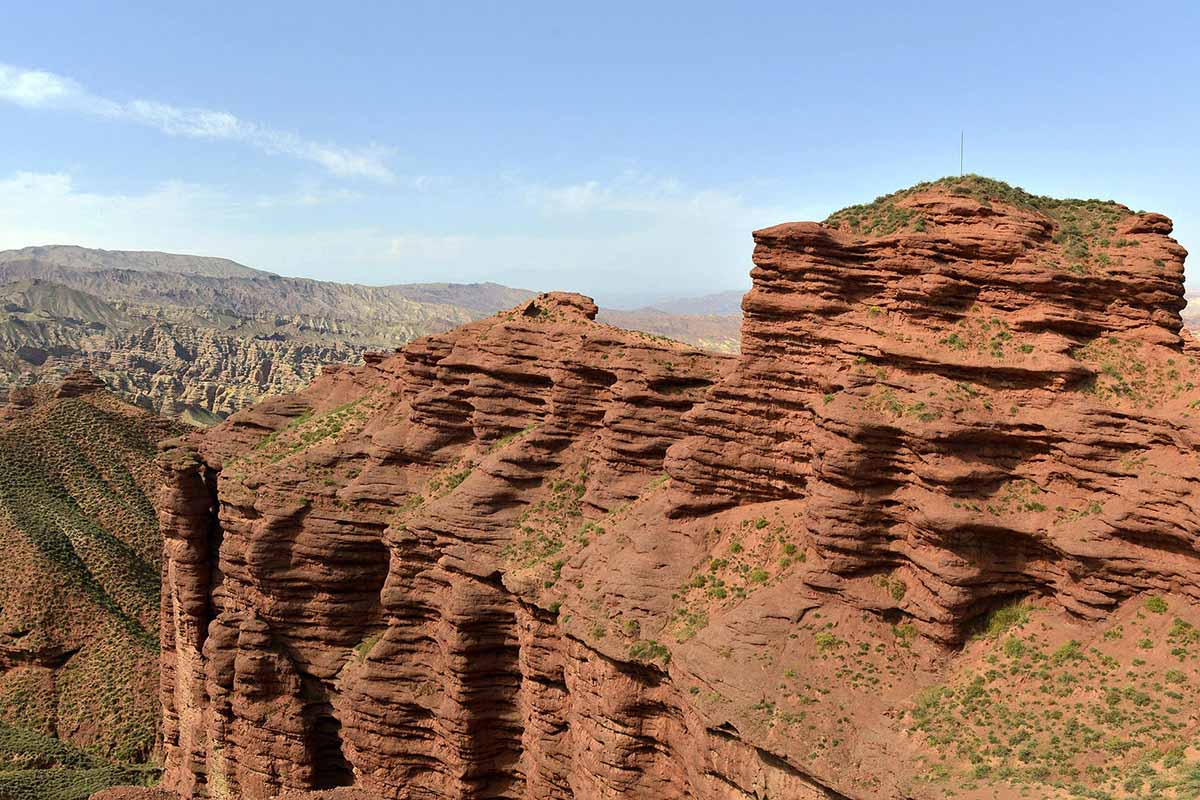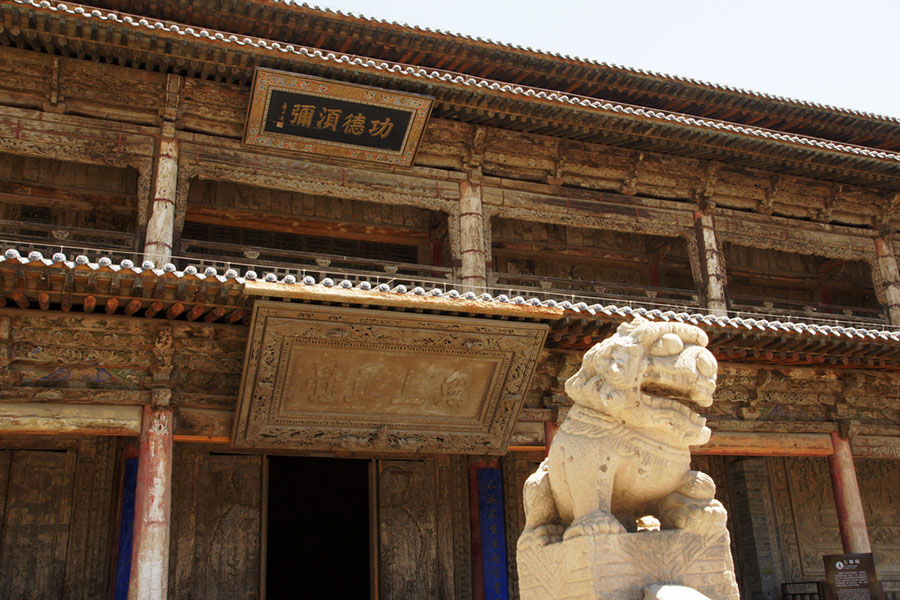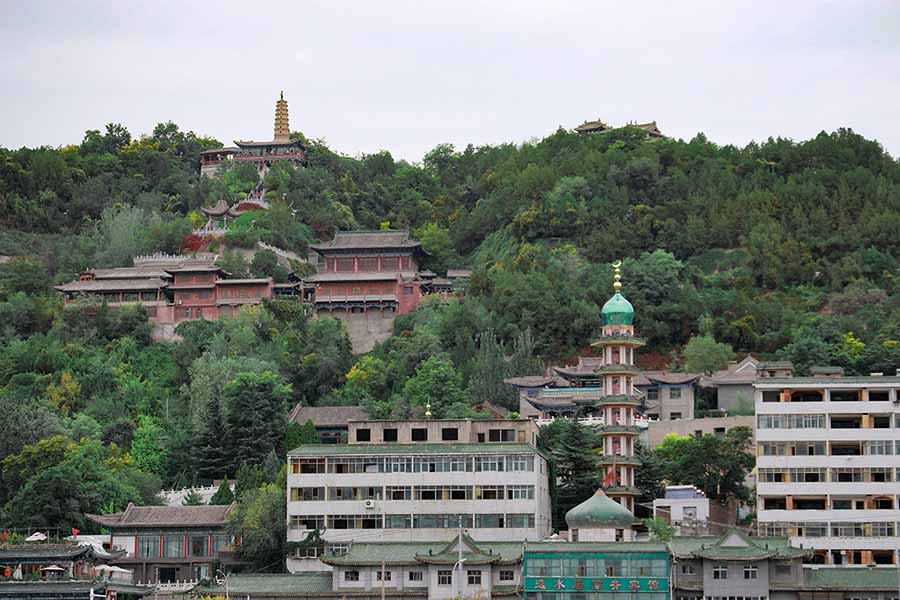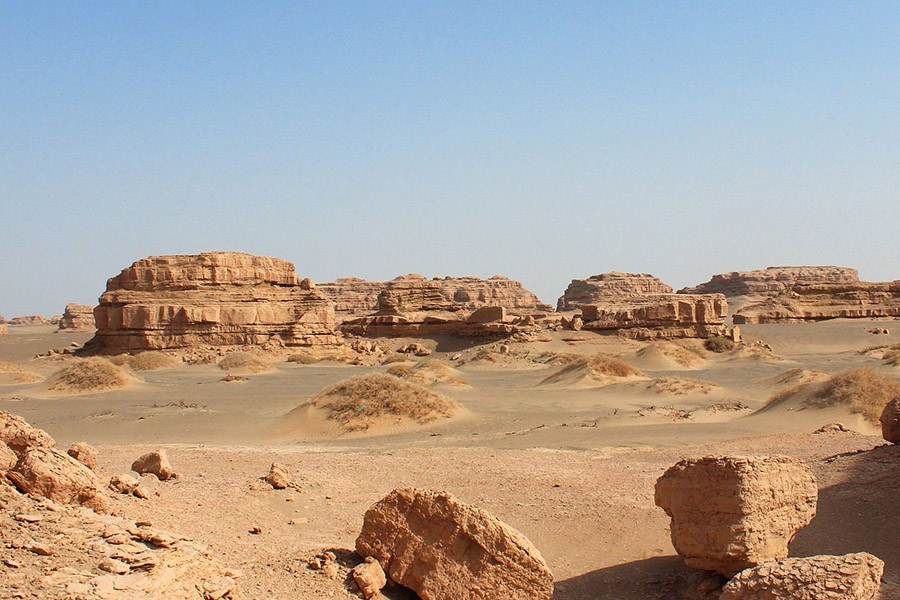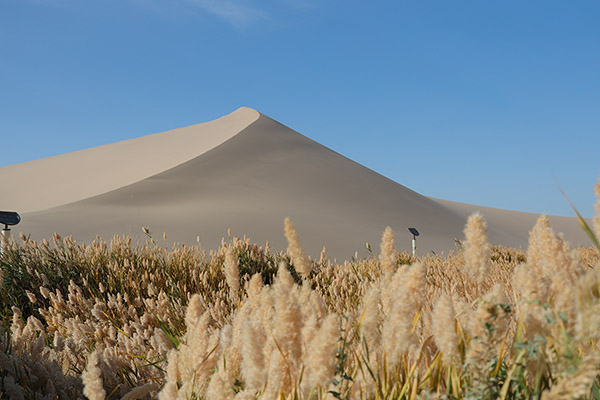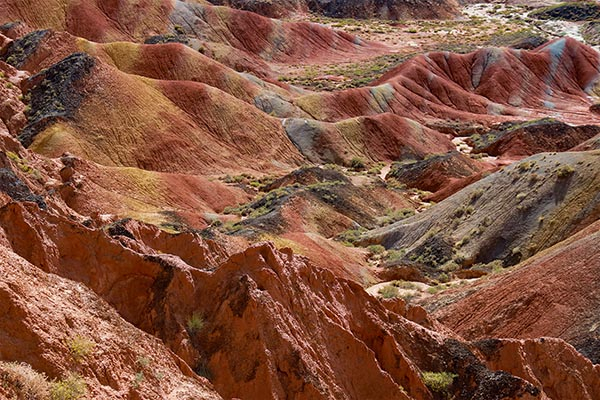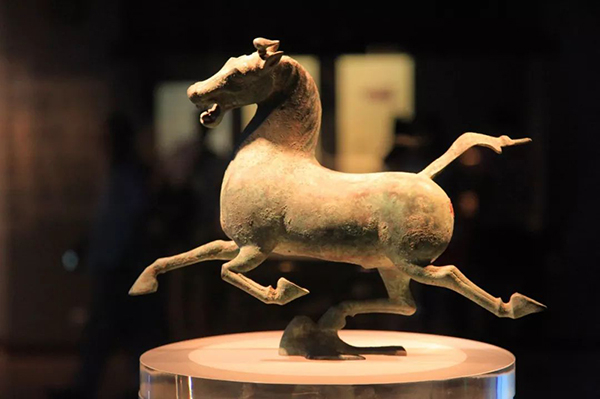Gansu Museum
Chinese Name: 甘肃省博物馆 (Gan Su Sheng Bo Wu Guan)
Location: No.03, west Xijin Road, Lanzhou, Gansu
Ticket: free
Estimated tour time: 1-2 hours
Recommended time to visit: All year round
Nearby attractions: Yellow River Scenic Area, Bingling Grottoes, Zhengning Road Night Market, White Pagoda Mountain, etc.
The Gansu Provincial Museum is a museum in Lanzhou, China. Gansu Provincial Museum, located on the banks of the Yellow River, is an integrative local history museum renowned at home and abroad for its long history and abundant and characteristic cultural relics collection.
Its collections include over 350,000 artefacts, in two main sections: history and natural science. Since its foundation, the museum has held almost 300 exhibitions, and items from its collections have been exhibited worldwide. The museum was originally only for the history of Gansu itself, but was re-purposed in 1956 to be a natural history museum, after three years of renovations, and was formly opened to the public in 2006 with a total area of 28,000 sq.m, 7,600 sq.m used for storage purpose and 9,000 for exhibition.
Gansu Provincial Museum has a rich collection of cultural relics, fossils and specimens with distinguished features. It houses a total of 355,364 relics. Its most unique pieces include painted pottery from the Neolithic Age; wood and bamboo documents from the Han Dynasty (206 BC – AD 220); Silk Road documents and treasures of the Han and Tang (AD 618-907) dynasties; and Buddhist artwork.The Museum is divided into two sections-natural resources and historic exhibits.
● Highlights of Gansu Museum
Historical Exhibits
It houses collections of various color-painted potteries of Neolithic Age and treasures of ancient grottoes. In addition, the museum is home to precious linen and silk fabrics, books, wooden and bronze vessels, a great many bamboo slips for writing from the Han Dynasty (206 BC-220), frescos and so many other items.
Natural Exhibits
A 4-meter-tall Mammoth fossil replica is stored in Gansu Provincial Museum whose remains were excavated from the Yellow River basin in 1973. Aside from the prehistoric presentations, there are also rare animal exhibits, such as pandas, golden monkeys and red -crowned cranes.
Four Theme Exhibitions
Beside that, based on above characteristics , Gansu Provincial Museum had set up four major exhibition halls each taking a different theme: the colored pottery exhibition hall, the hall for civilization on the Silk Road, the fossile specimen hall and Buddhist art Hall.
Silk Road civilization
Exhibition of civilization along the silk road within Gansu opened to the public in Gansu Provincial Musuem shows over 420 pieces of carefully selected precious historical relics covering painted pottery, bronze ware, jade ware, gold and silver ware, wooden slips, wooden ware, silk fabric, tri-color-glazedpottery of Tang Dynasty, clay sculpture, mural, hand-written Buddhst sutra, stone statue pagoda and porcelain preserved in Gansu Provincial Musuem and 28 county museums in Gansu obtained fromarchaeological discoveries in rencent 50 years.
Buddhist art
Gansu, located on the eastern part of ancient continental Silk Road, had been the key position and a gateway from the Western Region to the Central Plain of China also a leading edge for the spreading of Buddhism to other parts of China, thus it had been a place where Buddhist art and Han-Chinese culture met and mingled. The Museum selected with utmost care over 100 pieces (groups) of Buddhist cultural relics dating from the Sixteen Kingdoms Period to the Ming and Qing dynasties covering about 1,700 years from the abundant cultural relics collection to show Chinese Buddhist culture.
Painted pottery
Gansu is one of the important birthplaces of Chinese civilization and also home of painted pottery. Painted pottery of Gansu shares a wonderful history of development during over 5,000 years from Dadiwan Culture, Yangshao Culture, Majiayao Culture to Qijia Culture and Shajing Culture of which Majiayao Culture represents the peak of painted pottery art, hence painted pottery of Majiayao Culture has been regarded as the most colorful part of Chinese primitive art and crown of Neolithic painted pottery.
Painted pottery is one of the features of cultural relics preservation of GansuProvincialMuseum. Over 400 pieces of fine painted pottery displayed in the 1100-square-meter showroom provide visitors a clue to understand the history of development of painted pottery from Gansu.
Fossils and paleontology
Life phenomenon existed and developed in Gansu for nearly 2 billion years. Gansu province locates in a joining area among the Mongolia-Xinjiang Plateau, the Qinghai-Tibet Plateau and the Loess Plateau. Its unique geographical location and changeful climate indicate varied and complicated environment through geological time. Abundant and numerous varieties of fossils were found in Gansu province in the past several decades, some of which occupy a decisive position in China even in the world.This exhibition—Paleontological Fossil of Gansu shows mainly paleontological fossils of various geological periods found in Gansu such as fossil fungus and fossil algae of Archaeozoic Era and fossil mammal of Cenozoic Era, also precious fossils collected from other provinces in China in order to emphasize the intellectual and systematic feature of science popularization.
- HOTEST
- RECOMMEND

